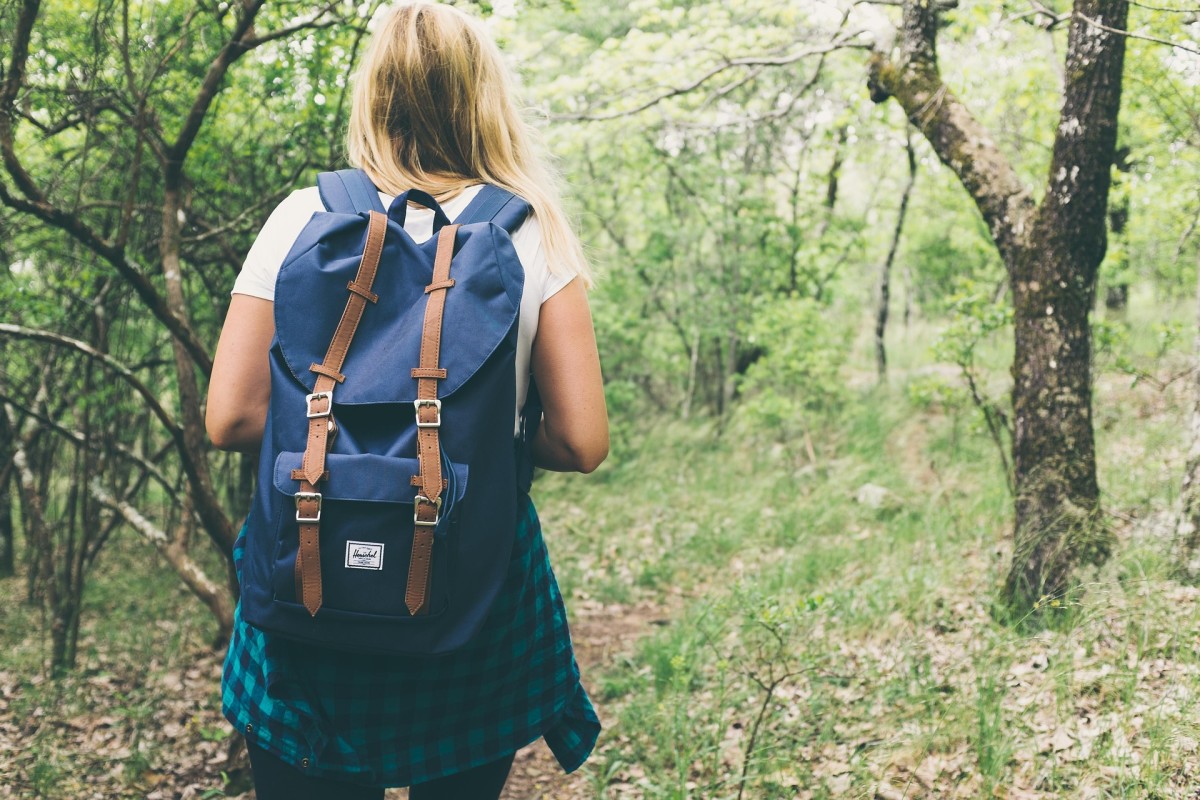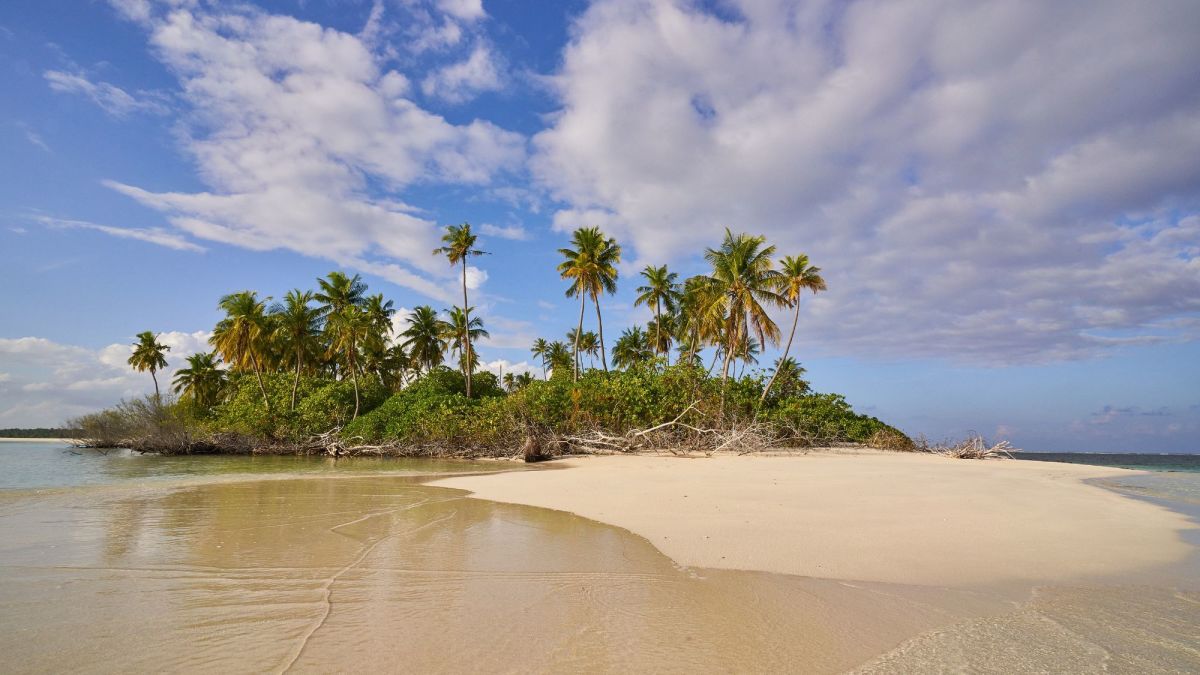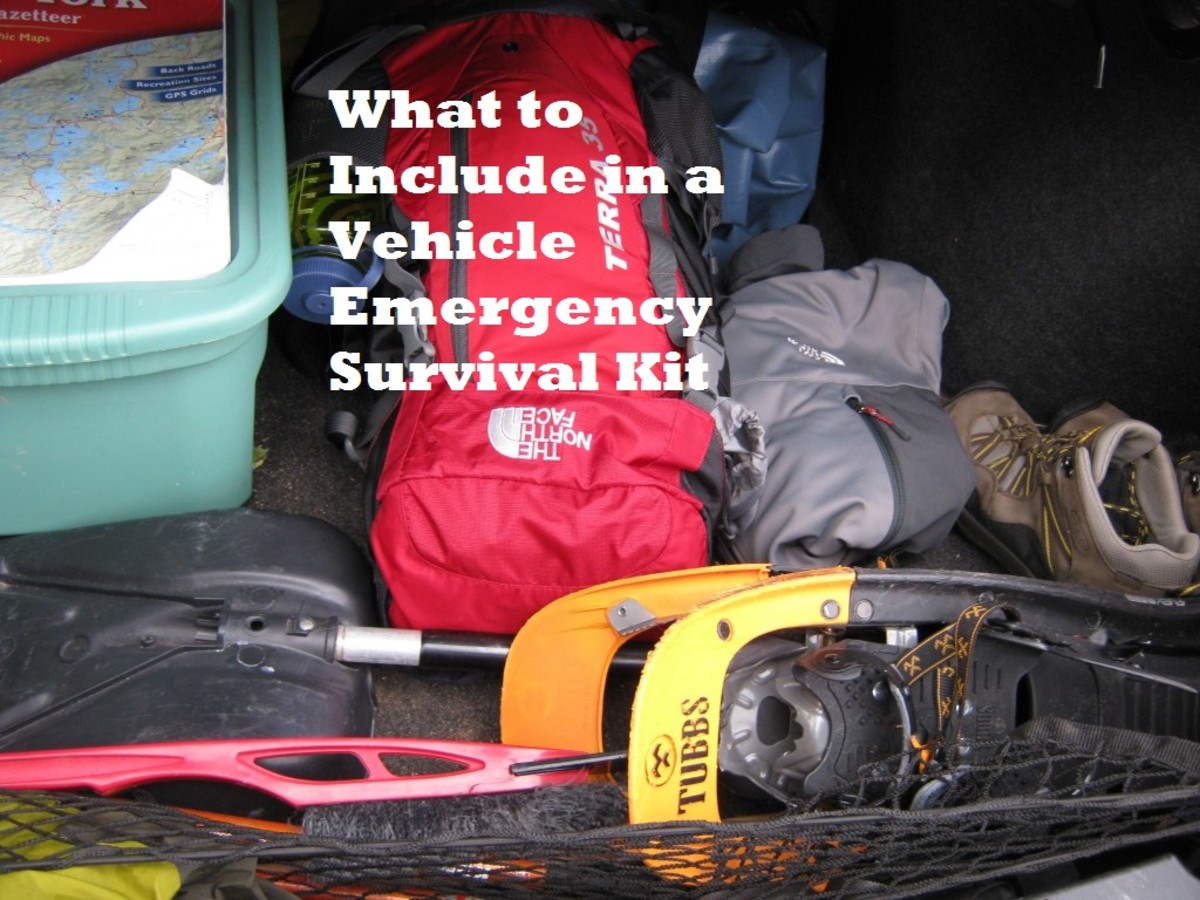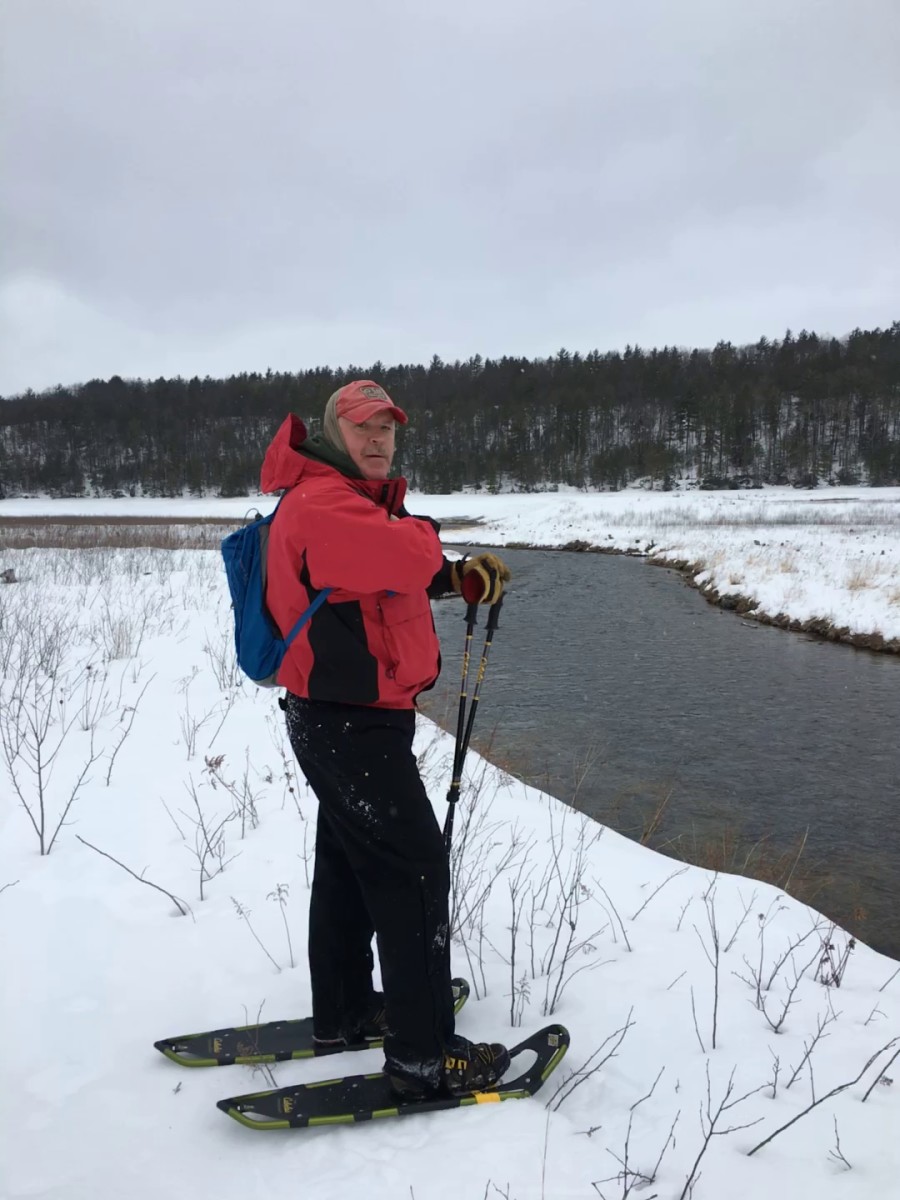Prepare an Emergency Backpack Today and Survive Tomorrow
You Just Never Know
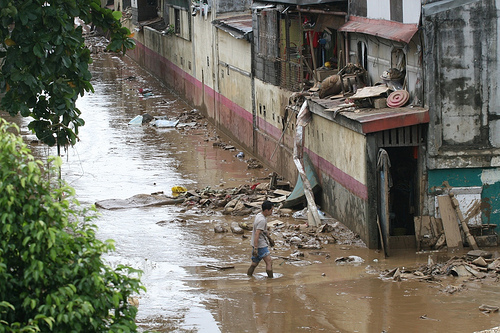
Guide to Packing an Emergency Backpack
As my perhaps overly grim
title suggests, it’s impossible to know when disaster is going to
strike, and ideals aside, there’s absolutely nothing you as an
individual can do to prevent it (I know I just spit in the face of every
public service announcement ever). You do, however, have the power to
prepare for survival ahead of time.
The idea of an emergency backpack is to
have everything you need to live on for several days in one,
concentrated, easy-to-carry location; a backpack. I have a few friends
who have essentially built panic rooms, stocked with pallets of MREs,
gallons of water, ham radio stations, generators...the works. All that
is nifty, and if I had the money to spend on a bunker of said caliber, I
certainly would - but I don’t - and none of that stuff is going to do
any good if you’re forced to undergo evacuation. When you have only a
few short minutes to grab what you need and leave (possibly forever),
you want to give yourself the best head start possible.
Ok, you get the point;
pack now so you don’t die later. But what do you need to pack? What
all needs to go into this bad boy?
The short answer is a lot, but...a
little. Your average family sized, four person 72 hour emergency kit
includes 25 different items; well over 100 if you individually itemize
the first aid and tool kits. That’s the “lot” part of the equation.
The “little” part comes from the fact that all 150 or so items can be
stored neatly into one organized backpack. Therefore, when I suggest a
tools and flashlights, I’m not talking sledgehammers and million candle
power bulbs. The majority of your inventory isn’t meant to last
forever; it’s meant to last as long as you need to get to a safety zone,
and lightweight enough to allow you to get there.
For an individually
itemized list, the following link will take you to a 4000 word article
covering in full detail everything you may want to pack in your
emergency backpack. In this article, however, we’re just going to cover
the basics.
First,
and obviously foremost, you need a good backpack. Top of the line
hiking backpacks can get up into the $200 range. If you want to spend
that much on a pack for an emergency evacuation kit that you’ll
hopefully never have to use, go right ahead, but it’s not necessary. I
spend $40 on an Everest hiking backpack. Yours doesn’t have to be an
Everest, but regardless of what you choose, be sure that it fits the
bill.
As far as material is
concerned, I recommend polyester. Polyester is lightweight, resilient,
moisture resistant, and relatively inexpensive. You’ll also want to be
sure to pick up a pack with several compartments. Mine has two extra
compartments on the side, several small pockets in the front, and a top
pouch where I can store my water accessibly. Finally, make sure your
pack comes equipped with a waist strap. That suckers going to get
heavy, and the added support will take a lot of stress off of your back.
As far as food is
concerned, you’re going to be seeking cuisine with a long shelf life.
Not only do these consumables tend to not require refrigeration, but in
many cases, you can stock up now, and still be safe to eat in a half
decade.
Considering the lack
of space we’re dealing with in the backpack, the key is to choose
lightweight foods with exceptionally high calories. Mainstay bars, for
instance are perfect. You can get 3600 calories (more than enough to
keep an average grown man moving for a full day) all packed into one
bar. MREs are also your friends. They take up a bit more space, and
tend to be more expensive, but they offer a full meal, packed with
energy and vitamins, are self heating (no fire required), and actually
taste pretty good.
Regarding
water - a clear staple - always carry a full-sized collapsible
container, as you never know when you’ll find a fresh source for a
refill. Also, get at least one pack of water purification tablets to
help prevent disease caused by harmful bacteria and parasites. Finally,
give yourself a head start with a case of 4.227 ounce water pouches.
That obscure measurement isn’t random; it’s what the Red Cross
recommends you consume at minimum to digest a healthy meal.
For shelter, pack
light, pack smart. We’re not going to be living in the lap of luxury
here, but we’ll stay alive. Pick up a cheap, lightweight tube tent, for
every two people potentially in your party. They can be set up
anywhere, and they’ll keep you out of the elements. If you’re an
experienced backpacker, you can create your own tent from tarp and nylon
rope, but a packaged tube tent will definitely suffice. Also, stock up
on both emergency blankets and sleeping bags, as well as moisture tight
ponchos. The thing you DO NOT need to be is wet.
Darkness, cold
temperatures, and the need for cooking are almost inevitable. To
adequately prepare, I recommend a set of long burning emergency candles,
a cube-fuel flat stove, and, of course, water proof matches (I’d pack
these in different locations on your person as well as your backpack).
I would also strongly recommend at least one LED flashlight, ideally
rechargeable by kinetic energy (shaking or hand crank).
Pack a well-stocked
first aid kit. If you go online you’re likely to run across 250+ piece
kits. This isn’t necessary. Your average 80 piece kit is going to have
more than enough than you need. If the kit doesn’t include a book on
first aid basics, or at least a tutorial on how to use the items
included, I highly recommend you invest in one. Oh, and read it now, so
you aren’t forced to learn under extreme duress.
As far as tools go,
you’ll need to exercise some restraint here to prevent yourself from
turning your lightweight emergency backpack into a 200 lbs tool shed.
Invest in a Leatherman style multi-tool, which includes a screwdriver,
pliers, a saw, a knife, and other miscellaneous devices. A Swiss Army
knife, though they don’t typically have pliers, can also be a nice
compliment. Personally, I’ve included both. You’ll also want to
consider packing a folding shovel. A shovel can be extremely
beneficial, as it can be used from everything to “cleaning up after
yourself” to rerouting flowing water from your campsite. Lastly, one of
the most underrated items is a good pair of workman’s gloves. You’re
going to be putting your hands in some dangerous places, and working
your fingers to death. Cuts and blisters can be a serious show stopper,
so get some protection.
As far as miscellaneous items go, I
personally plan to pack a pistol. The laws of your region may prevent
this option, however, I always carry a gun on my person. A handgun in
the right hands can help you hunt, and defend yourself from wild animals
and general chaos after the fallout. Regardless of whether or not you
carry a gun on you, you need to have some cash. I shouldn’t have to
explain the significance of cash here, so just pack it. In addition, I
bought myself an inexpensive, however, comfortable pair of walking boots
that I keep by my bag. While this is optional, you don’t want to be
walking around in no man’s land in a pair of high heels.
The link I mentioned
beforehand includes several other items that you may find extremely
helpful, but the staples I mentioned should give you a solid jump on
staying together and keeping yourself and your family alive. Pack light
and smart, and you’ll be alright. Good luck out there!


